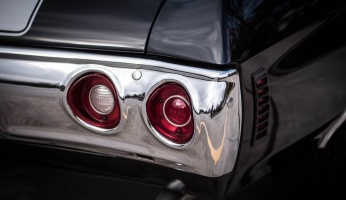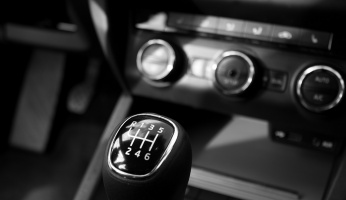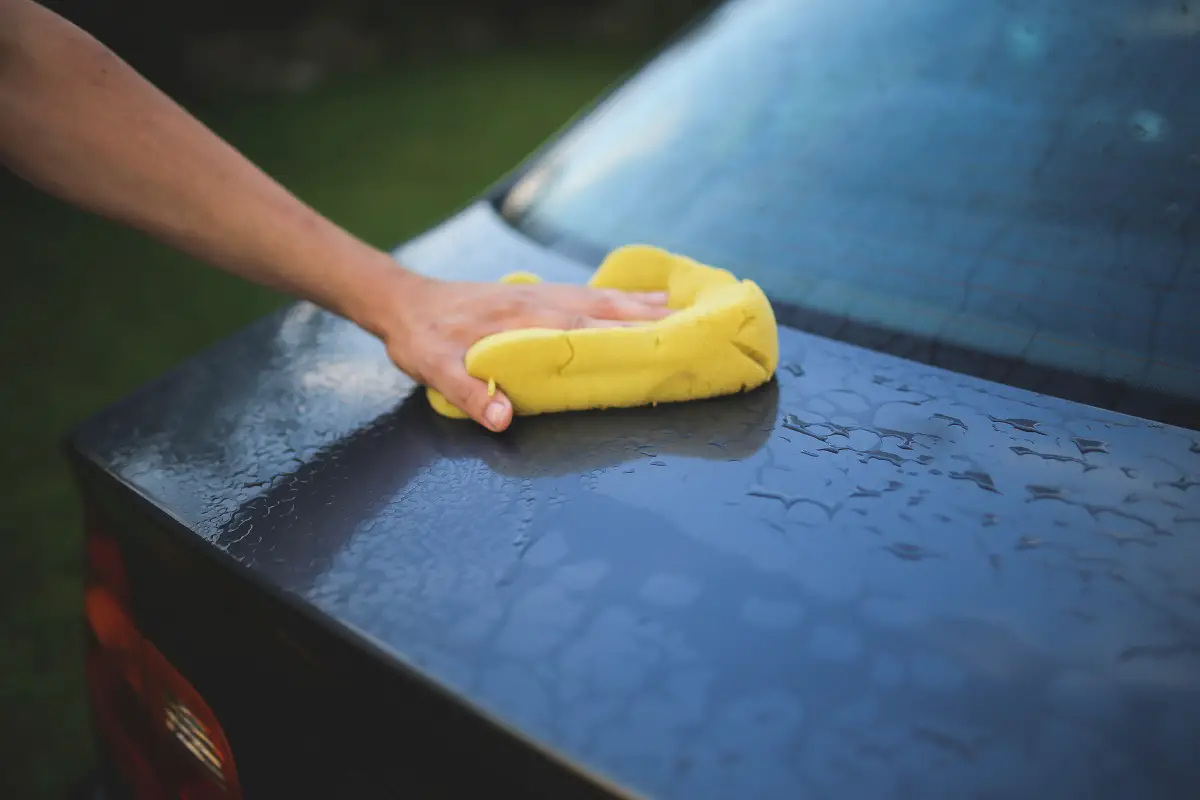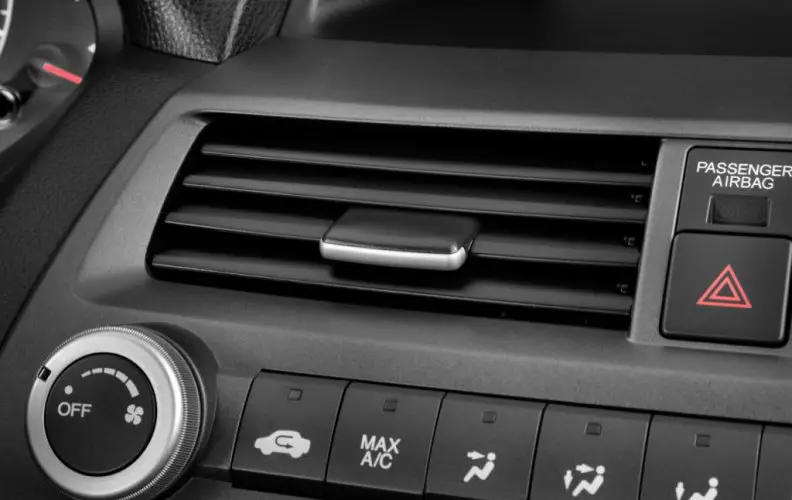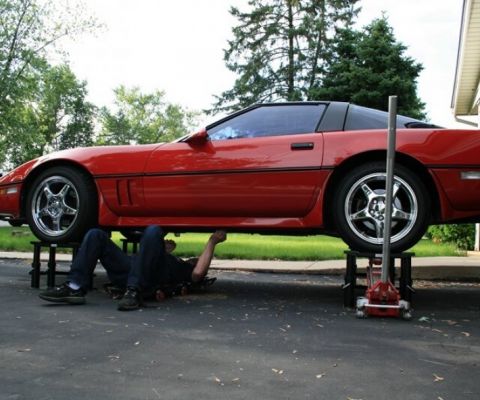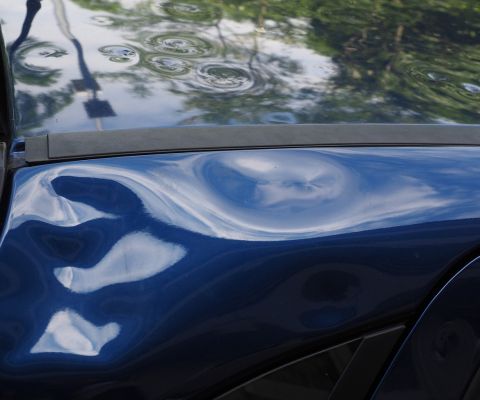Is Your Car Overheating?: A Complete Guide
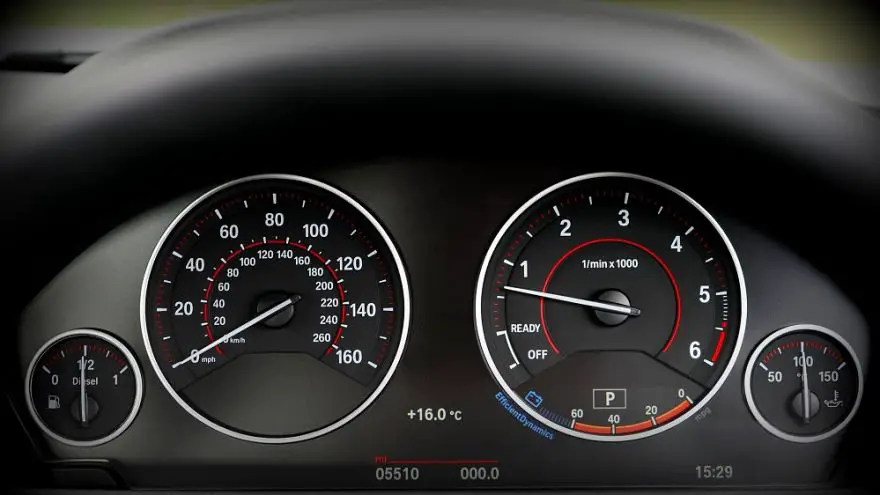 Is Your Car Overheating?: A Complete Guide
drivrzone.com
Is Your Car Overheating?: A Complete Guide
drivrzone.com
Picture some hapless driver on the side of the road, their car having failed in its primary task of taking them from point A to point B. What does the car look like? Two things probably come to mind: either a flat tire or a popped hood. Dealing with a flat is easy; even the most fundamentally automobile-ignorant drivers often know how to change a flat tire. Just jack up the car, switch out the tires, and drive yourself to an auto shop that can fix the problem in a more lasting manner. But what are you supposed to do when you’re stuck in the middle of nowhere and your engine isn’t working? One likely issue is your engine is overheating. Here’s an overview of everything that you should do if your car engine does happen to overheat when you’re on the road.

How to Prevent Overheating in the First Place
Obviously, the best way to deal with a car overheating is to not let it happen in the first place. Fortunately, as the driver of the car, there’s a good deal that you can do to avoid overheating. Plus, since car companies have a vested interest in their products working well and not breaking down frequently, the cars themselves come equipped with tools to aid you in this process. These tips will help you nip the problem in the bud so you don’t end up in the breakdown lane:
Have Your Car Inspected Regularly
The first step in not having any car problems is to simply catch any issues before they become problems. To do this, you need to be vigilant about your car. Have it inspected yearly, as the state strongly suggests, but also bring your car into a shop regularly for things like tune-ups and oil changes. Often times, an overheating engine is due to an issue that could have been solved much more easily had it been noticed early on. In that respect, dealing with cars is similar to medicine for humans: it’s always easier to prevent than to cure.
Keep an Eye on the Temperature Gauge
There’s a small gauge in the same dashboard area where you can see your odometer, speedometer, RPM meter, etc., that is simply an arc from C (cold) to H (hot). This gauge is usually color coded red and blue, much like an air conditioning system. That gauge is your single most useful tool in avoiding major issues with your engine. Just like your eyes have (hopefully) been trained to frequently flick down and check your speedometer and your RPM, try to make it a habit to check your temperature gauge. If the needle starts creeping into the red zone, then it’s time to take some preventative measures; if it does so regularly, even if the engine hasn’t technically overheated, then it’s likely your engine has some sort of issue that needs to be addressed by an individual. What sort of preventative measures can you take?
Turn Off the Air Conditioning
Due to conduction, your engine is likely to overheat on days when it’s hot. The engine might include some elements of a closed system, but ultimately, it is a physical part of this world, and that physical part responds to the heat around it. Because you, too, are a physical part of this world, when it gets hot, you’ve probably been hot all day. That means you’re probably blasting the air conditioning, to prevent your own body from overheating. Shut it down, immediately. Crank all the windows down to mitigate the heat, but don’t use air conditioning at all. Your air conditioning utilizes the same coolant as your engine does to stay cool, so if you’re monopolizing the coolant, it will be less able to affect the engine and keep it cool.

Turn On the Heat
Nobody wants to hear this on a hot day, but driving in discomfort is much more preferable than being stuck on the side of the slowly baking asphalt dealing with an overheated engine. Turning on the heat when an engine is starting to overheat can actually save it from doing so, by drawing away heat from the engine and blasting it at you and your passengers. Close a few of the vents that are directed right at you, and point any other vents away from you or passengers, to mitigate the discomfort, but make sure that the heat is on as high as it goes, and the fans are at their top speed. Sometimes, just doing these two things will be enough to deal with the issue entirely, and you’ll see the needle slide back into the neutral zone. If using the car’s temperature management system isn’t enough, however, then it’s time to go to the next step.
Pull Over
At this point, it’s inevitable that you’ll have to resort to a few more drastic measures to deal with your overheating engine. If a few minutes have gone by after turning the A/C off and the heat on, and the needle hasn’t budged, then you need to stop the car immediately. Nothing else you can do while driving will have any effect. Pull over, turn off the car, and let the engine cool off. If you have any form of roadside assistance, you should probably call it now. It’s not a foregone conclusion that you’ll need a tow, but it’s likely enough, and the less time you need to wait, the better. At this point, you can just sit and wait; you don’t have to deal with the issue yourself, and it’s recommended that you leave it to a professional. If you don’t have any access to roadside assistance, if you’re in a remote location, or if you are positive that you want to try to deal with the problem yourself, then there are some things that you can try.
Wait a Half Hour Before Doing Anything
If you elect to attempt to take care of your overheated car yourself, then the single most important thing to keep in mind is this: an engine is hot. It’s normal, functioning properly state is still hot enough to burn you; if it’s overheating, that means it’s far beyond too hot to touch. Wait at least a half hour before touching anything at all, or you risk a good chance of injuring yourself, potentially severely. Airing out the engine by opening the hood is generally a good choice, but not if you can’t do so without even grazing the metal that’s contained within.
Check the Coolant or Antifreeze
Clearly, coolant is necessary for the proper functioning of an engine, to prevent it from heating up too much and becoming non-functional. How it does this is, like most things mechanical in nature, surprisingly straightforward. The coolant cycles through the engine and the radiator; in the engine, it absorbs heat, and in the radiator, it releases that heat into the atmosphere. It’s actually very similar to how water was used in engines and forges of past centuries. Modern cars use coolant instead of water because coolant is more effective at absorbing heat, not for any other special qualities. If you don’t have enough coolant, then there won’t be enough cycling of heat between the engine and the radiator; the heat stays trapped in the engine, which will then overheat. Sometimes, simply adding more coolant will be enough to deal with the issue. However, if you are low on coolant, there’s probably a very good reason for that, which means even if adding coolant brings your engine back into the safe zone, you still need to do the next step.

If the coolant tank is completely empty, and not just low, then you’ve probably sprung a leak. Similarly, if you can see any dripping or a puddle beneath the car, then there’s a leak in the coolant system, which is why it has failed. You’ll want to check everywhere that is involved in the coolant system: around the water pump, along with the radiator, including the radiator’s tanks and clamps, and the radiator cap. If you locate the leak, and it’s a small one, then you’re likely safe to drive to an auto shop after adding more coolant. If the leak is a big one, then that option is out. If you can’t locate a leak, then it’s probably one of two things: an internal leak inside the engine or your thermostat has gone bad. Neither of these are things that can be fixed by a layperson on the side of the road, so if you’ve gotten to this point and you’re still stymied, then hopefully you called roadside assistance a while ago, because waiting for a tow to your preferred auto shop is the only recourse left to you.
As is often the case with automobile related issues, the solution is multi-faceted. Dealing with serious issues will almost always be involved handing the keys over to a professional and paying a decent amount for the fix. However, the most effective way to deal with problems is to prevent them from happening, and the best way to do that is to be a responsible car owner.
Sources
- Geico – Auto Care and Overheating
- Farmers – What to do When Your Engine Overheats
- Jalopnik – Here’s What to do if Your Car Overheats
- eSurance – What to do if Your Car Overheats

